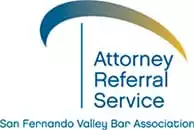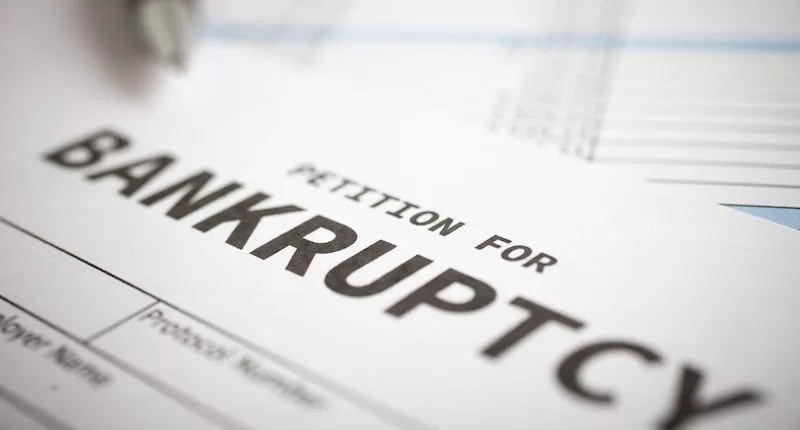Emergency Bankruptcy Filing in California: An Overview
You may find yourself in the sudden chaos of bankruptcy, which only causes a ton of stress and a long road ahead. It’s possible that emergency bankruptcy filing is an option for you. But what is it exactly and what are the requirements?
Read further to learn more.
Introduction
California’s bankruptcy filing process can be time-consuming with all the necessary forms and procedures. Sometimes, though, you may find yourself in a life situation where time is just not on your side. Most often, this involves a creditor who is trying to take action.
If you need to act fast, then you need to understand the ins and outs of emergency bankruptcy filing in California. While a bankruptcy lawyer should be used to move most efficiently through the process, here is an overview.
What is an Emergency Bankruptcy Filing?
Filing for Chapter 7 or Chapter 13 within the bankruptcy court requires a lot of time and patience. You must complete a voluntary petition reflecting who you are, what bankruptcy type you are filing, who the creditors are, the valuation of assets, a list of expenses, any payment plans you may want to offer, etc. In total, this can add up to almost 70 pages of forms and documents.
An emergency bankruptcy filing (also known as a skeletal bankruptcy) only involves only a handful of forms to complete before you can file and receive immediate protection from the stay. Though, please note that you will still have to complete the full amount of required documents, this emergency filing just doesn’t require them in the initial filing to obtain a stay.
When to Consider an Emergency Bankruptcy Filing
Choosing to file an emergency bankruptcy filing usually comes when someone needs immediate relief. Creditors’ actions such as foreclosure, wage or bank garnishment, repossession, eviction, or otherwise can leave individuals with a lot of stress and feelings of doom.
If you find yourself facing actions that could force your family into dire situations, speak to an attorney to see if an emergency bankruptcy filing may be an option for you to get immediate relief.
Choosing the Type of Bankruptcy to File
There are two main types of bankruptcies – chapter 7 and chapter 13. Even if you file an emergency bankruptcy filing, you will still need to choose which option you are going to take. Doing so will also help determine if you are eligible.
Choosing a chapter 7 or chapter 13 will depend on certain things, such as:
- The types of debts you have
- Your income and expenses
- The type of property you own
- What you hope to achieve as the outcome of the bankruptcy
Speaking with an attorney before filing will help you determine how to proceed.
Requirements for an Emergency Bankruptcy Filing
Certain requirements come with filing an emergency bankruptcy filing. For instance, you will have to pay a fee for filing, regardless of your financial situation. Though, if you meet certain eligibility requirements, you may be able to request an installment agreement to pay the court fees after the case has been filed.
There are only three documents that are required to be completed upon filing for emergency relief. They are:
- A voluntary petition which contains your personal information as well as information about your creditors, assets, liabilities, etc.
- Statement of social security numbers which is a document that lists your complete social security number.
- Verification and master address list of all creditors.
Once you file, the court will immediately issue a “Notice of Incomplete Filing or Filing of Outdated Forms and Notice of Intent to Dismiss Case if Documents are Not Filed.” There is no need to panic. This is just reminding you that you have 14 days to file the rest of the paperwork typically required for a chapter 7 or chapter 13 bankruptcy case.
Please note that if these documents are not filed on time, the bankruptcy case will be dismissed – unless the court has granted an extension.
The Automatic Stay
The automatic stay issued by the bankruptcy court is what halts the creditors from moving forward with attempting to get payment from you or from taking your assets, like your home or automobile. Once your emergency paperwork is filed, the automatic stay immediately goes into effect.
Of course, you will still need to work with this bankruptcy court and your attorney to help cure this outstanding debt. But, for now, you would be protected under the stay.
As with anything great, there is always an exception. Automatic stays do not protect you from all types of collections. Nor does it apply to every situation of financial hardship.
What is Not Protected by the Automatic Stay
Knowing what the automatic bankruptcy stay does not cover is something you should pay attention to – especially if you are using it to avoid a situation, then you will want to make sure this action will protect you.
So, what is not protected by the automatic stay?
First, anything that has to do with family court issues, such as court-ordered payments like child support or alimony. These will need to continue to be paid, as well as the arrears. Any action that is currently going on in your family court case, such as trying to modify support, establish support, or determining custody will continue through the court system. A bankruptcy filing will not stop these actions. Any attempts to obtain back child support will also not be protected by the stay.
Second, tax actions with the IRS may also not be protected by a bankruptcy stay. This includes things like tax audits, issuing tax assessments, demanding turnover of tax returns, demanding payment of the assessment, and the issuance of a tax deficiency notice.
And, finally, payments for certain pensions or individual retirement accounts may also not be protected under the bankruptcy stay.
Conclusion
Dealing with a lot of debt or finding yourself in an uncomfortable financial situation can be scary. It can leave you with a lot of concerns and in a state of duress. Options for filing bankruptcy – and doing so as an emergency filing – can allow you to feel a bit of relief from all the pressure.
There are a lot of details and a lot of paperwork required to file bankruptcy – or due within 14 days from filing. To keep your case free from the possibility of dismissal, work with an attorney. It will give you the peace and confidence you are looking for.
Are you in search for a certified attorney to represent you?
Let us help you find one today!


